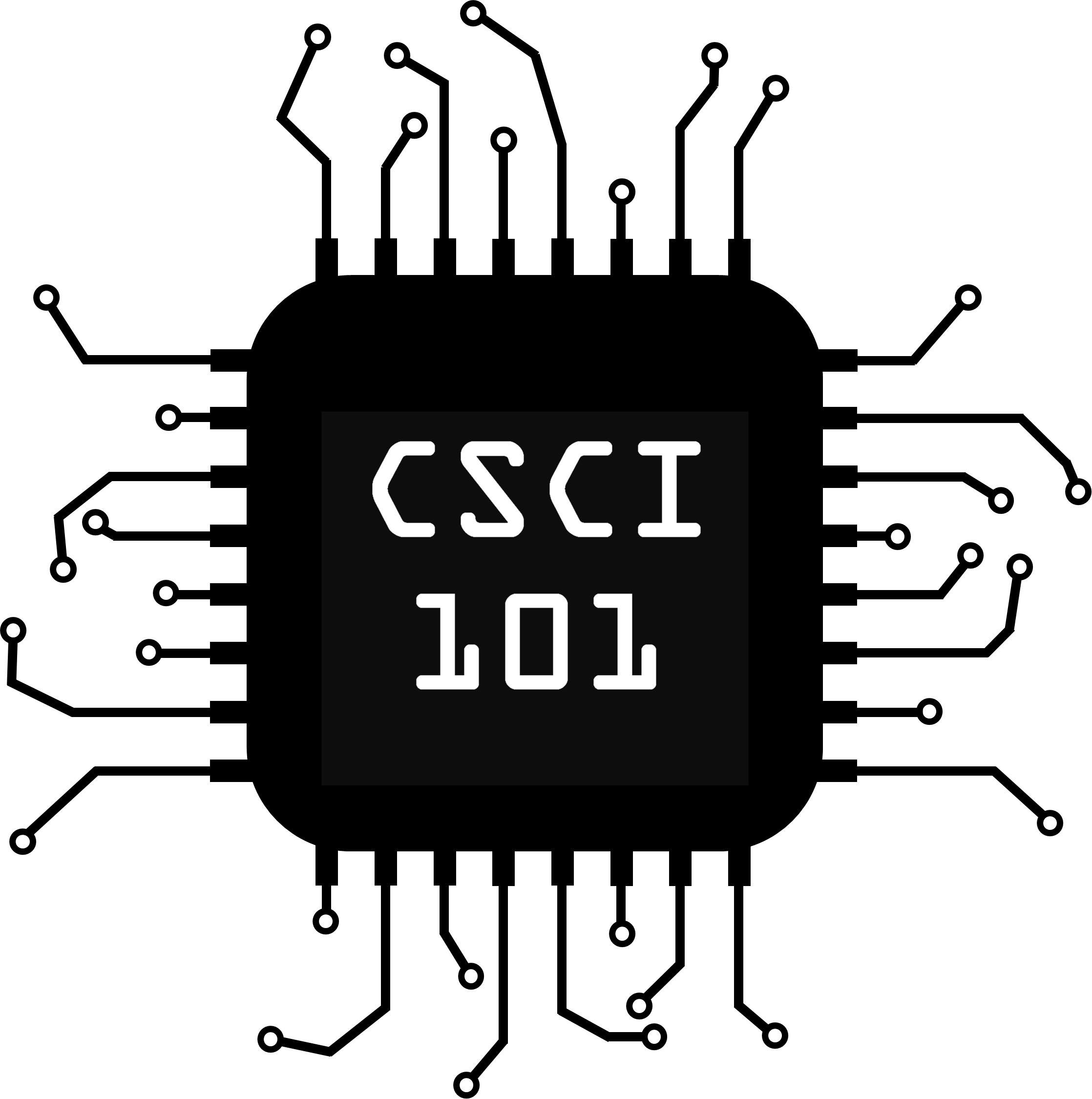One day, little Mirko came across a funny looking machine! It consisted of a very very large screen and a single button. When he found the machine, the screen displayed only the letter A. After he pressed the button, the letter changed to B. The next few times he pressed the button, the word transformed from B to BA, then to BAB, then to BABBA... When he saw this, Mirko realized that the machine alters the word in a way that all the letters B get transformed to BA and all the letters A get transformed to B.
Amused by the machine, Mirko asked you a very difficult question! After \(K\) times of pressing the button, how many letters A and how much letters B will be displayed on the screen?
Input
The first line of input contains the integer \(K\) (\(1 \leq K \leq 30\)), the number of times Mirko pressed the button.
Output
The first and only line of output must contain two space-separated integers, the number of letters A and the number of letter B.
Lab I/O Format
Your program should use the Lab Input/Output Format, as described below:
- When prompting for input, use the prompt string
WORD>, whereWORDis a single, uppercase word which describes the input. - When providing output that will be graded, start the line with
OUTPUT. Think of this as "boxing your answer" on a math worksheet, it lets us quickly find your answer. We will ignore any lines which do not start withOUTPUT. - You may interleave the inputs and outputs in any order you wish. For example, you might want to recieve all of your inputs (order of inputs still matters!), then print all of your outputs (order of outputs still matters!), or you might want to do input/output, input/output, etc.
Example Interaction 1
K> 1
OUTPUT 0 1
Example Interaction 2
K> 4
OUTPUT 2 3
Example Interaction 2
K> 10
OUTPUT 34 55
License
This problem was derived from a problem by Marin Tomić. License is for educational use only.

